What actually is Mead? Here we explain the very basics of Mead, it’s origins and why we believe it is deserving of your consideration.
Mead is one of the oldest alcoholic beverages in the world, predating both beer and wine. It is believed to have originated over 8,000 years ago, with evidence of fermented honey drinks found in ancient China, Europe, and Africa. Some historians suggest that mead was discovered accidentally when rainwater mixed with honey in natural hives, fermenting due to wild yeasts. A little while later, the lucky consumer was delighted to discover his honey had been magically diluted into a sweet flavoured drink that made him feel… interesting. He was hooked, and the tradition of mead production ensued. Or so the story goes…!
Mead and Monks?
The connotations with mead and Monks is because you were only allowed to burn beeswax candles in Monasteries as the alternative at the time was tallow (animal fat). This created a lot of dirty soot when burned, which damaged tapestries and made the air unpleasant. Beeswax burned clean and therefore monks used to keep bees around these sites for a reliable source of wax. Their beekeeping style was thought to deliberately encourage the bees to make wax, rather than focus on honey, which is the case for modern beekeeping so they kept bees in a woven basket called a Skep from which the wax could easily be removed. After removing the easy to extract honey, the rest was put into a water trough to wash the honey from the wax. This was inadvertently creating the ideal environment to make mead by diluting the honey with water, agitating the mixture to oxygenate it, and doing it out in the open catching wild airborne yeast! The resulting mead would have been most likely low alcohol (maybe 2-3%) and dry as all of the honey would have fermented into alcohol.

Mead in different cultures
Mead has played a significant role in many ancient cultures. The Vikings, Celts, and Anglo-Saxons all enjoyed mead, often drinking it during feasts and ceremonies. In Ancient Greek mythology, mead was known as the ‘drink of the Gods’ as it was believed to have healing powers, and thus, must have been a gift from above. It was given to the gladiators and warriors as it was thought to help heal injuries. In Norse mythology, mead was associated with wisdom and poetry, while in medieval Europe, it was considered a drink of nobility and even linked to honeymoon traditions, where newlyweds would drink mead for a full moon cycle to encourage fertility and happiness, which might be where the word honeymoon comes from!

Further to all of this, there are references to Mead in ancient Hindu scriptures, in the Bible, writings by Chaucer and Aristotle and references to it in old English and Welsh poetry.
Possibly the most well known of all the references to mead (and therefore stereotyping of mead) is its prominence in Norse folklore. It is said that the Viking Gods created a man who was so wise he had the ability to answer any question. When he was killed, his blood was mixed with honey, and anyone who drank the concoction was instilled with his intelligence and knowledge.

There are many, many different recipes, each one using varying types and quantities of three main ingredients. Some recipes also include various ingredients such as spices, fruits, botanicals, grains and hops.
These recipes come from all over the world, with some claiming to date back 1000s of years.
There is, therefore, quite a debate over what makes a true mead. One thing is definite; at the base of every recipe should contain honey, water and yeast, though large scale commercial mead makers tend to use a base of white wine and sugar.
Clearly, mead has stood the test of time! So, why did it fall out of fashion and disappear for a few centuries - to the extent where many some people nowadays haven’t even heard of it?
The decline in Mead began in the 16-1700s. It was largely down to the increased availability of sugar, which was being imported to the UK by the shipload from the West Indies. This was also coupled with new tax laws at the time. PLUS, the fact that to get your hands on some sugar does not require anyone to anger 1000s of bees… (they didn’t have bee suits back then!) You can understand why many people started opting for sugar.
Fast forward to the 21st century, (and the invention of bee-suits) and mead still gets slightly overlooked in the current marketplace, where shelves are often overflowing with award winning wines, craftily crafted beers and flavour-loaded ciders.
However, we believe that it’s time for mead to make a comeback, and for it to be enjoyed today just as it always has been. And luckily, there does seem to be some motion in the right direction.
If it is not through the rise of craft-brewing, the interest in home-brewing or even the surge in Viking themed TV series, then maybe mead will be made popular again because of our passion at the Hive Mind. We want to make people see that mead is less ‘monks-and-druids’ and more ‘craft-beer-cool’. We want to breath new life into this age-old classic. We want to make mead new.
So, we took this drink, added some interesting flavours to complement the flavour of the honey, and turned it into a sparkling rendition of the traditional version. In this way, we hope that it can be enjoyed much more similarly to a cider or beer, and therefore make it much more accessible to all.
To create our meads, we use honey which we collect from our own beehives, dotted all around the beautiful hills of the Wye Valley region. This area is known for its high concentration of small leaf lime trees, and a high overall biodiversity of flora and fauna.
This means our honey has a distinct botanical taste. And it is for this reason that we like to keep our flavours simple, to allow the delicious flavour of our honey to shine through!
To find out which is your favourite flavour of out of our six varieties of sparkling meads: Find them here
Or if you want to try a Traditional Mead to really appreciate this time-honoured beverage: Find it here
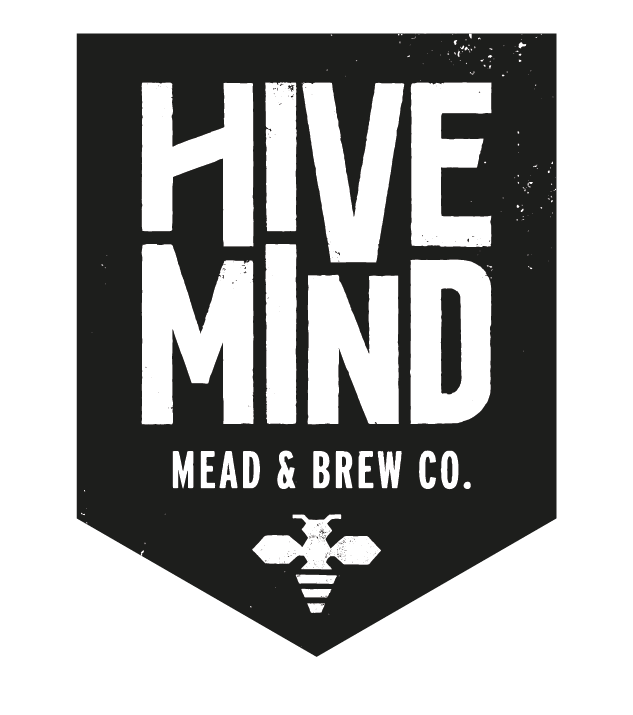
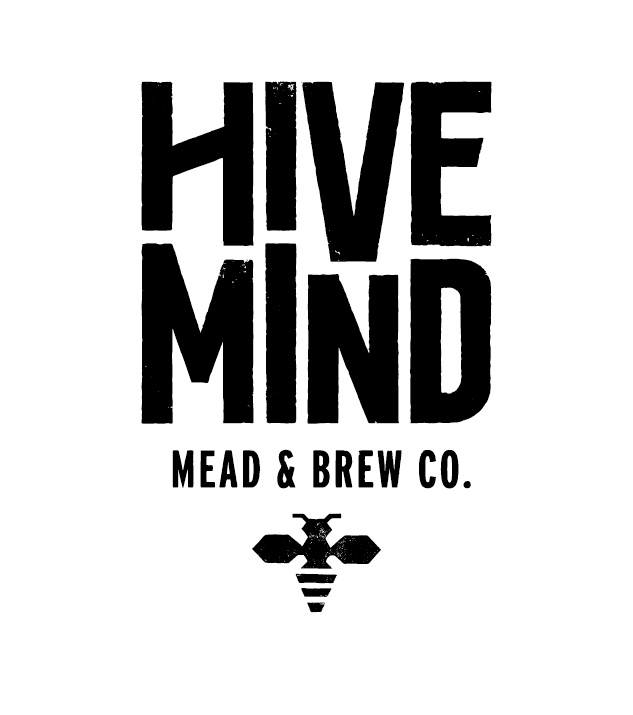
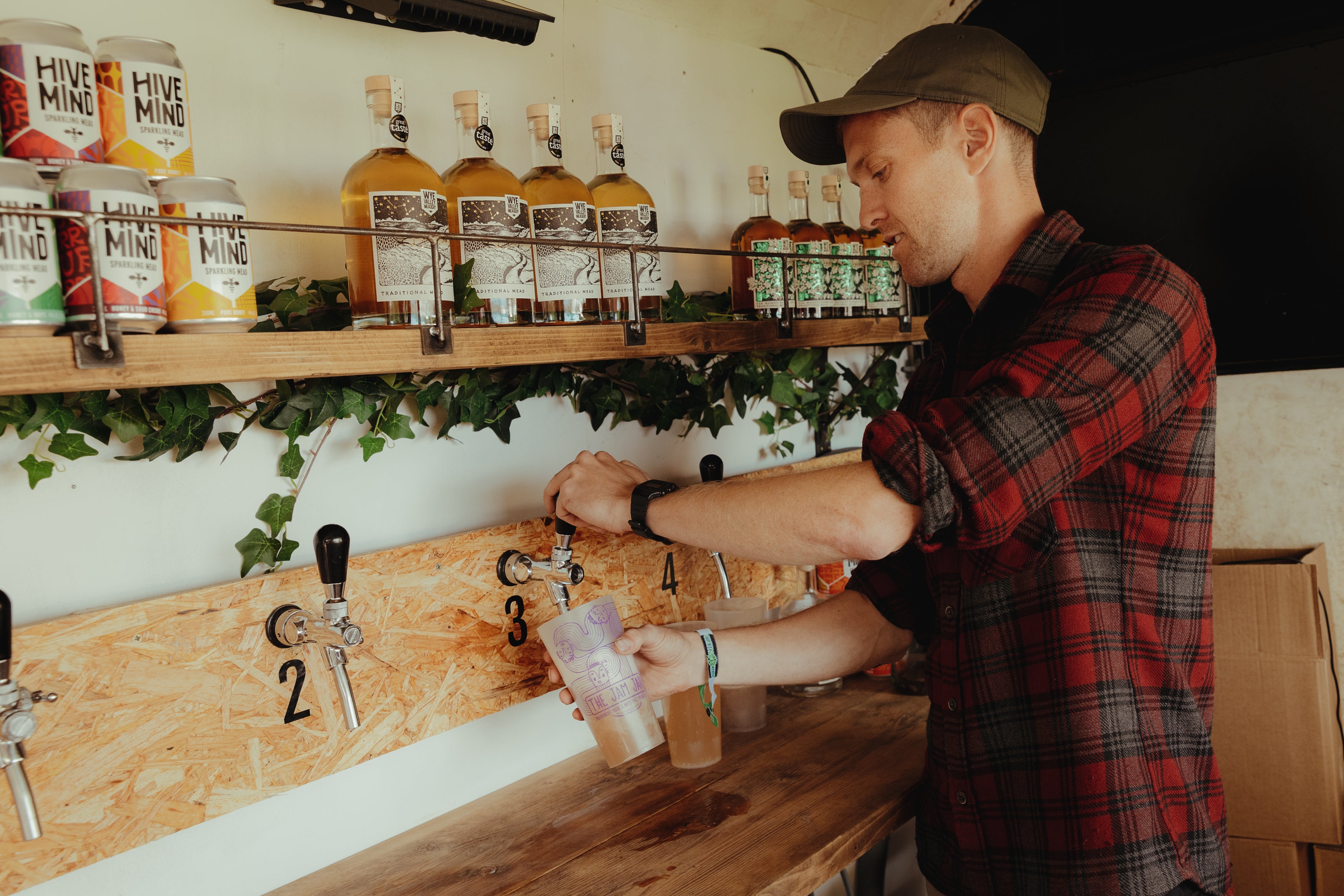
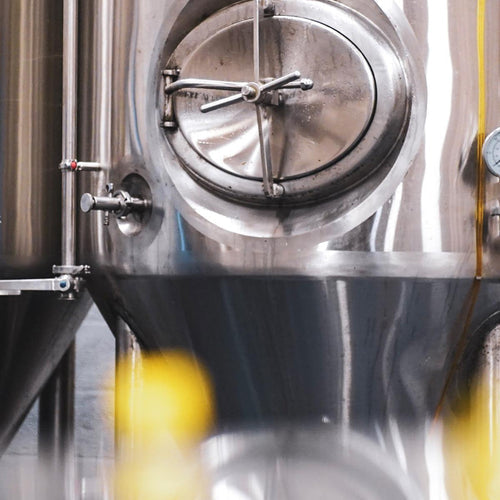
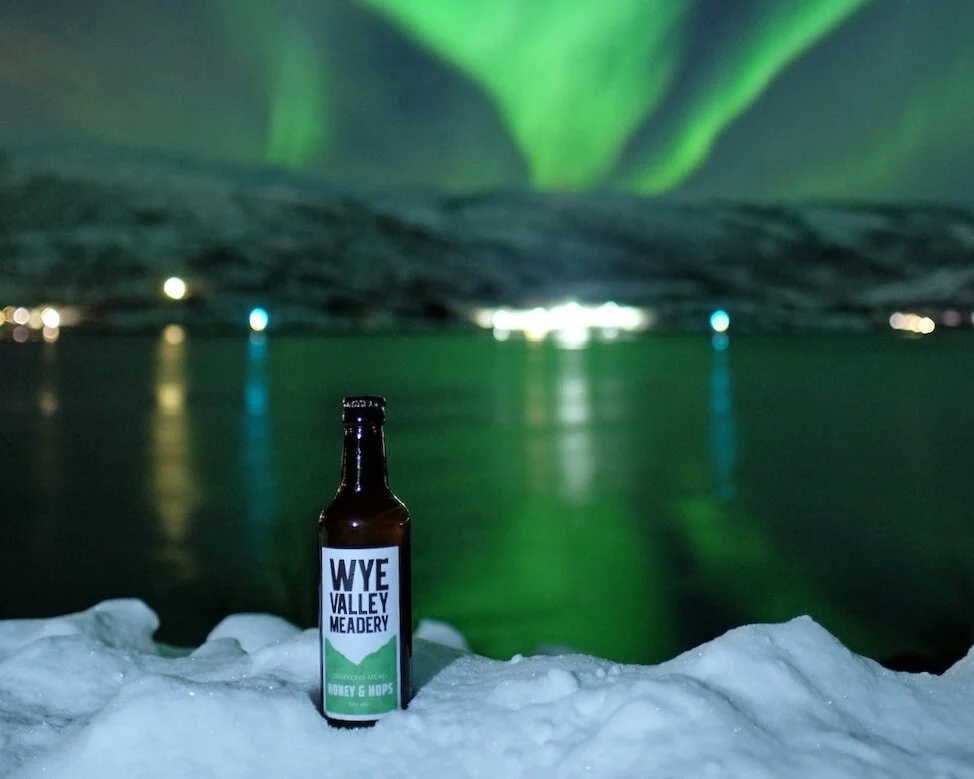

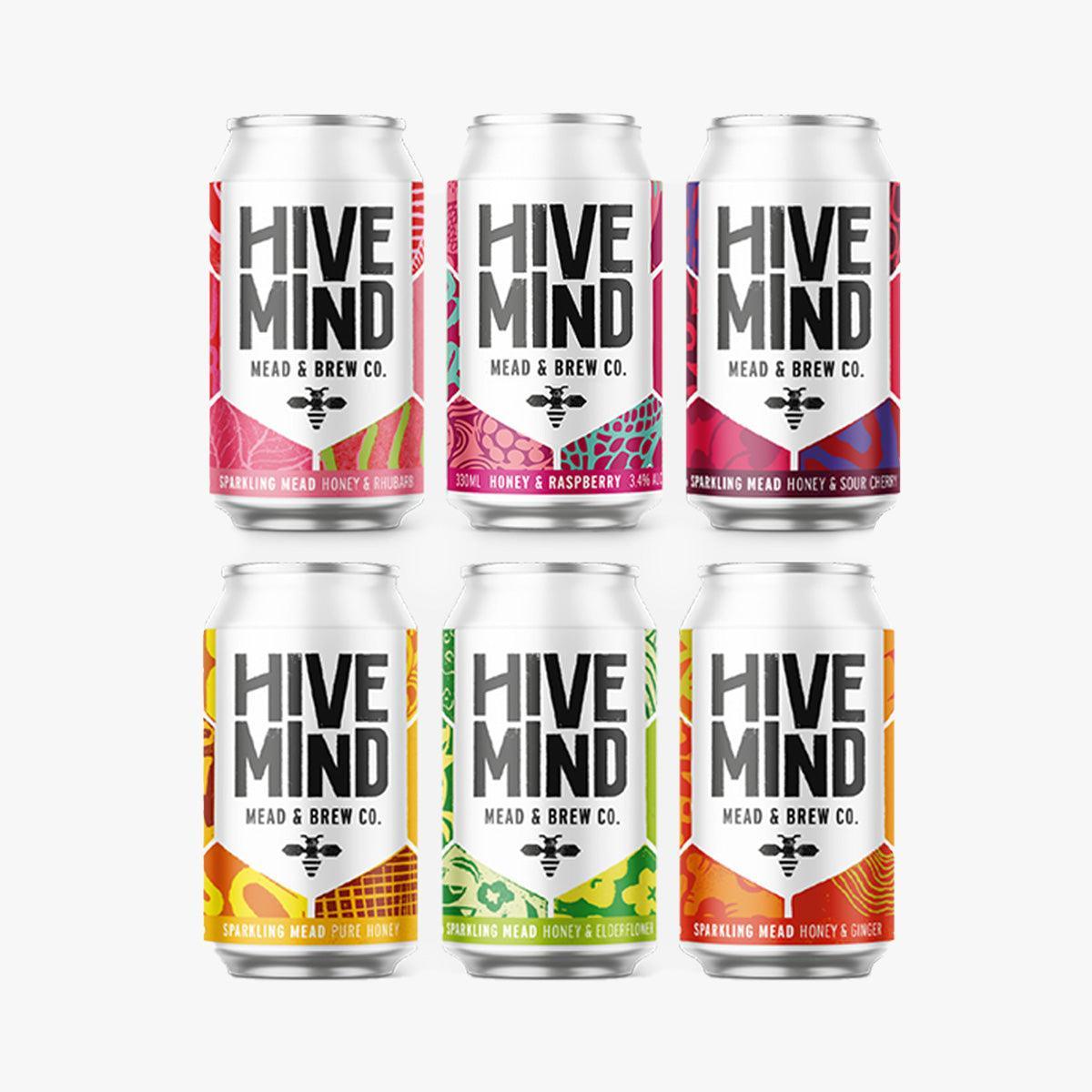
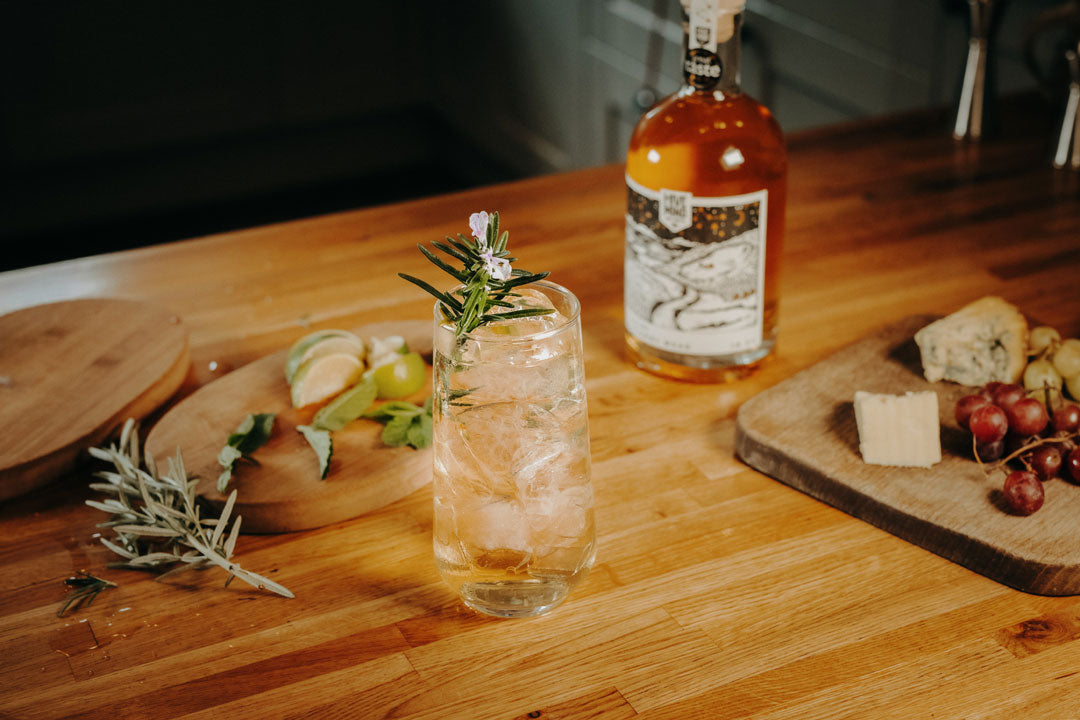
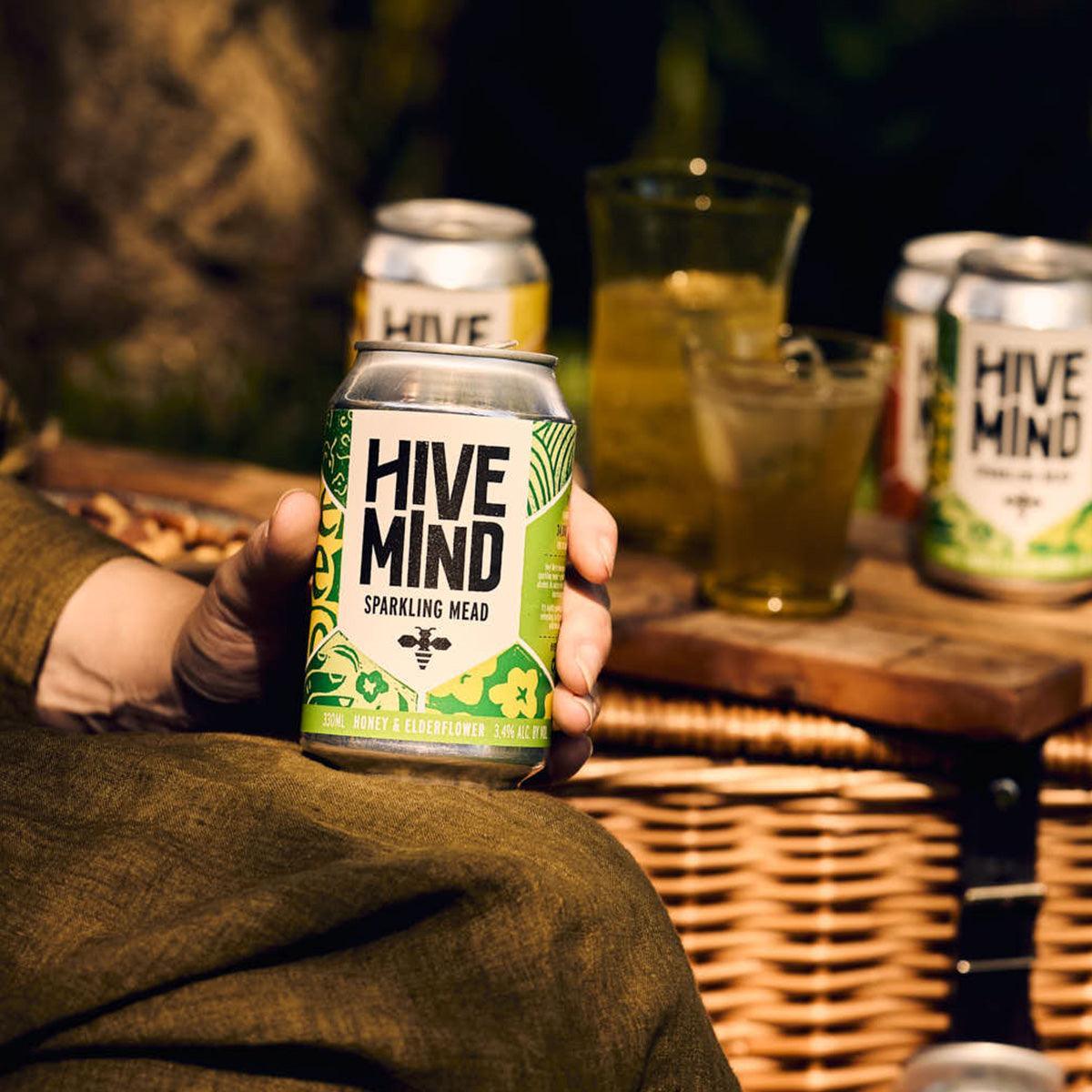
Share: